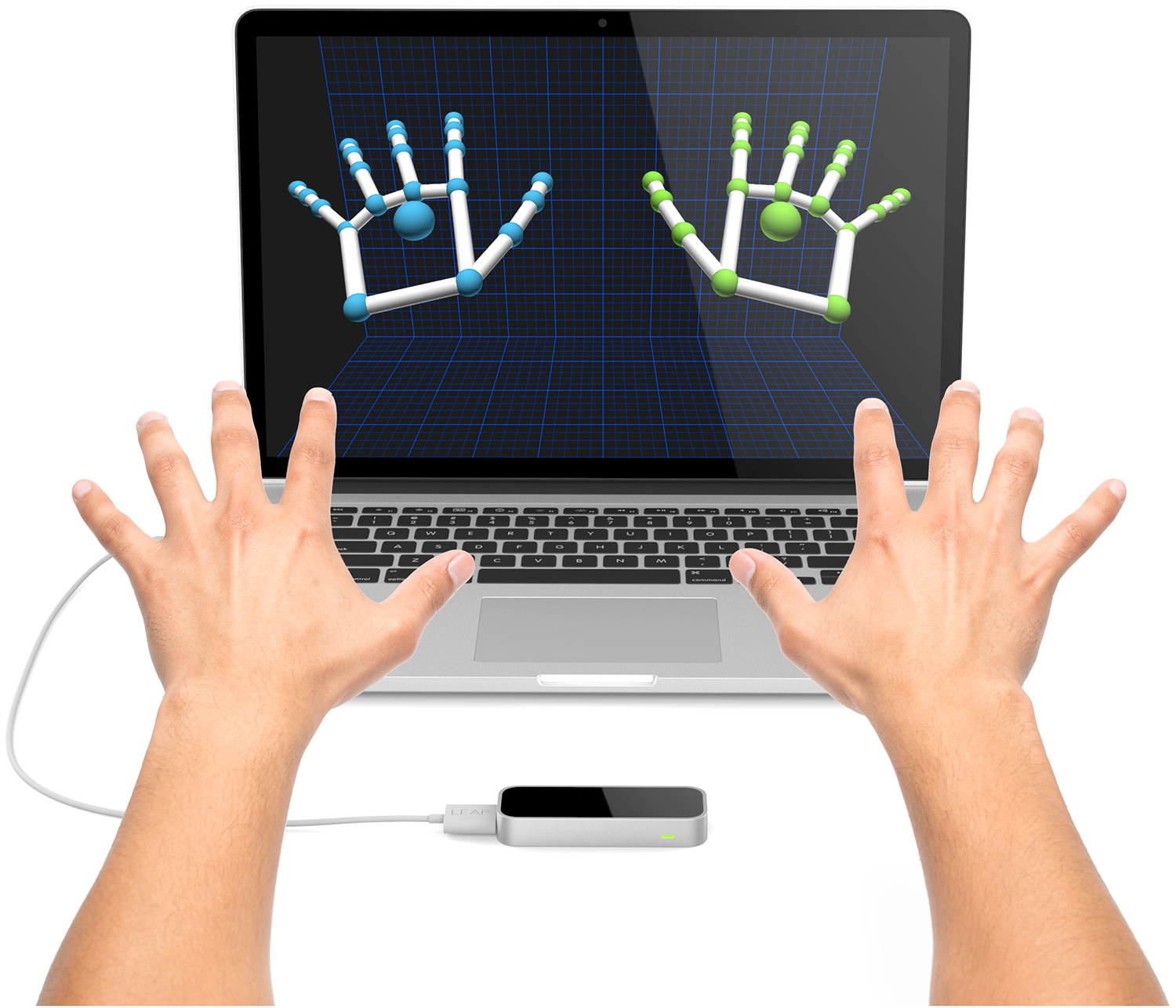
After the release of Kinect sensor, in the wake of its success, other non-contact motion control devices began to appear. Kinect was the basis for the growth and development of the market for such devices: Investors have seen the prospects and understood the value of investing into gesture control devices. However, the most significant and successful was the Leap Motion Controller. As its prototype, the latter version is based on motion capture technology. This device connects to the USB port; in size, it is like two flash drives put together. Technically, there is Leap device that captures the projection of the user’s hands in space by using two optical sensors (cameras) and an infrared light source (the developers do not exclude the possibility that the future versions of the device will have a different number of cameras).


